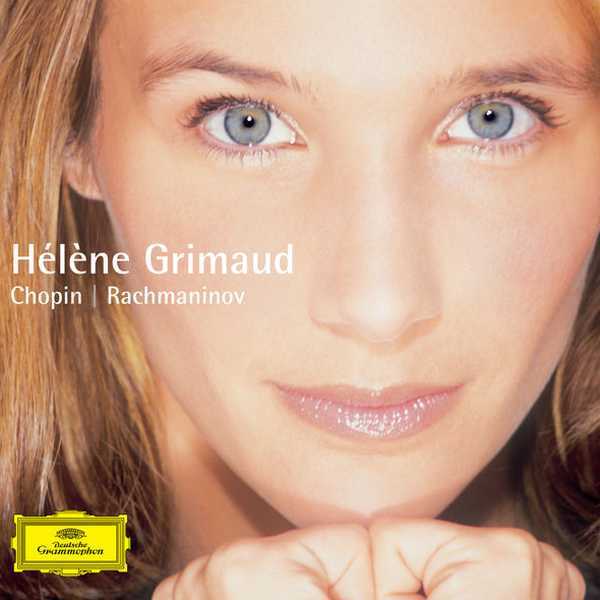
Composer: Frédéric François Chopin, Sergey Rachmaninov
Performer: Hélène Grimaud
Format: FLAC (tracks)
Label: Deutsche Grammophon
Catalogue: E4775325
Release: 2005
Size: 184 MB
Recovery: +3%
Scan: cover
Chopin: Piano Sonata No. 2 in B flat minor, Op. 35
01. I. Grave – Doppio movimento
02. II. Scherzo – Più lento – Tempo I
03. III. Marche funèbre (Lento)
04. IV. Finale (Presto)
Rachmaninov: Piano Sonata No. 2 in B flat minor, Op. 36
05. I. Allegro agitato
06. II. Non allegro – Lento
07. III. Allegro molto
08. Chopin: Berceuse in D Flat Major, Op. 57
Chopin: Barcarolle in F sharp, Op. 60
09. Allegretto
Hélène Grimaud applies her virtuoso strength and particular sense of expression to the second piano sonatas of Chopin and Rachmaninov in this 2005 recording. The idea of a life story is often attached to Chopin’s Sonata No. 2 because the character of each movement seems to paint the picture of an energetic hero, who is tragically mourned at death in the third movement Marche funèbre. In a way, as Grimaud sees it, Rachmaninov’s Piano Sonata No. 2 is also about life and death. Rachmaninov stripped material out of his original 1913 version — the overall mood of which she calls being “mired in darkness” — to create a more compact and sharply defined sonata in 1931. Grimaud has restored certain passages that she felt added to the emotional story of the work. These two major and well-known works are not pretty piano pieces, and in her hands, while there are tender moments, the main thrust of them is the vitality — and often the grand size — of the Romantic spirit that is found in life and, at least here, continues after death in a transformed state. The conclusion of the program with Chopin’s Barcarolle and Berceuse — played by Grimaud with a unique, but not unpleasant, way of phrasing the music — follows that idea of transcendence of spirit.